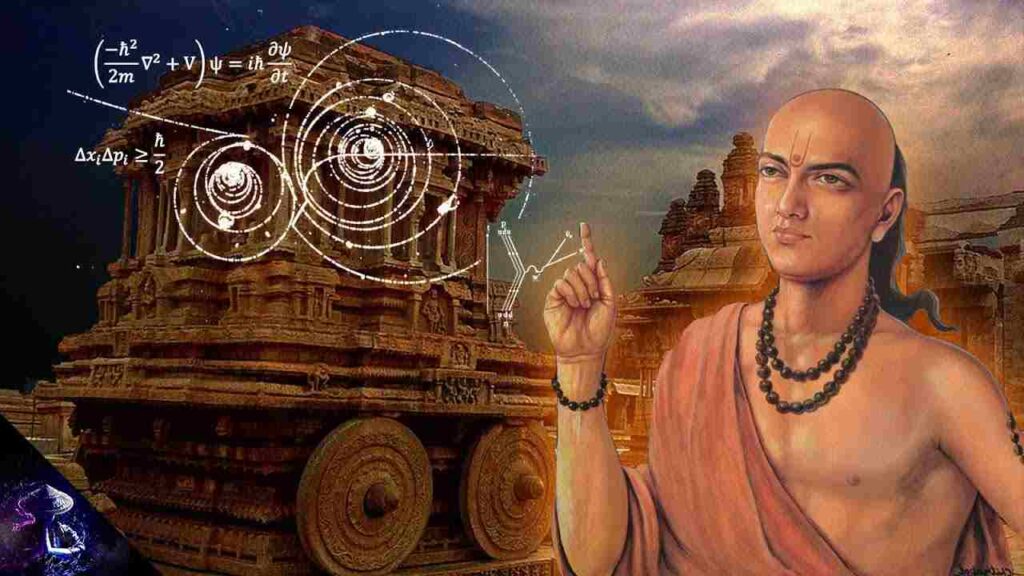
India has a rich history of scientific discoveries and inventions, with many ancient scientists making significant contributions to various fields of study. Here are 10 such Ancient Indian Scientists and their notable achievements:
10 Ancient Indian Scientists and their works
Learn about 10 Ancient Indian Scientists and their notable achievements and works that still inspire millions of people:
Aryabhata: During the fifth century CE, Aryabhata was a brilliant mathematician and astronomer who lived in India. The creation of the decimal system, which transformed mathematical computation, was his most important contribution to the field of mathematics. Aryabhata is one the greatest renowned Ancient Indian Scientists and his contribution to the world is unforgettable.
He also created a number of other mathematical ideas, including the concept of zero, trigonometry, and algebraic identities. Aryabhata, who lived in the fifth century CE, was a mathematician and astronomer who is renowned for his groundbreaking work in trigonometry, algebra, and calculus. He is credited with discovering the idea of zero and the application of decimals to mathematical calculations.
Sushruta: A physician who practised in ancient India in the sixth century BCE was known as Sushruta. He is revered as the originator of plastic surgery and is credited with creating several surgical specialties, such as cataract surgery and rhinoplasty (nose surgery). The Sushruta Samhita, a comprehensive treatise on medicine and surgery, was another work he produced.
Sushruta was a physician and surgeon who lived in the sixth century BCE and is regarded as the “Father of Surgery.” He is renowned for his groundbreaking work in cataract and plastic surgery as well as for his in-depth explanations of numerous medical conditions and procedures.
Charaka: A physician named Charaka lived in ancient India in the second century BCE. He is renowned for his contributions to the Indian traditional medical system known as Ayurveda. The Charaka Samhita, a foundational work on Ayurveda written by Charaka, contains thorough explanations of diseases, their causes, and treatments.
He also introduced the idea of the three doshas, which are, in accordance with Ayurveda, the fundamental components of the human body. Charaka, another well-known doctor from ancient India, is renowned for his contributions to the field of Ayurveda, a conventional medical system that is still widely used today. The Charaka Samhita, a thorough book on Ayurvedic medicine that covers a wide range of topics, is credited to him as its author.
Varahamihira: A mathematician and astronomer named Varahamihira lived in India in the sixth century CE. His work on the Pancha-Siddhantika, a collection of five astronomical treatises, is what made him most famous. Varahamihira also produced a number of astrological works, including the Brihat-Samhita, a thorough examination of all facets of astrology.Varahamihira was a mathematician and astronomer who lived in the sixth century CE and is renowned for his work in astrology and astronomy. He wrote the Pancasiddhantika and the Brihat-Samhita, among other works, on these topics.
Bhaskara was an astronomer and mathematician who lived in India in the 12th century CE. He is renowned for his algebraic contributions, which include the creation of a method for resolving quadratic equations. The sine function was discovered by Bhaskara, who also made significant contributions to the field of trigonometry. He produced the Siddhanta Shiromani and the Lilavati, two important works on mathematics and astronomy.
Mathematician and astronomer Brahmagupta is renowned for his contributions to the study of algebra. He lived in the 7th century CE. He is credited with creating a system of quadratic equations and introducing the idea of negative numbers.
Nagarjuna: Nagarjuna was an alchemist and philosopher who worked on the transmutation of metals. He lived in the second century CE. He is recognised for creating a number of methods for extracting and enhancing metals as well as for his contributions to the idea of “emptiness” in philosophy.
Bhaskara II: A mathematician and astronomer who lived in the 12th century CE is renowned for his work in the areas of algebra and trigonometry. He is credited with creating the “sine” function as well as several formulas for calculating the areas of triangles and circles.
Chanakya: A political philosopher and strategist from the third century BCE, Chanakya is best known for the Arthashastra, a book on statecraft. He is credited with creating a number of diplomatic and governance strategies in addition to his work in economics.
Mathematician Madhava of Sangamagrama, who lived in the 14th century CE, is renowned for his work on calculus and infinite series. He is regarded as a pioneer in the study of calculus and is credited with creating several techniques for calculating the sine function and the value of pi.
Patanjali: The Yoga Sutras, a text that describes the philosophy and practise of yoga, were written by the 2nd century BCE philosopher and grammarian Patanjali. He is credited with creating the Eight Limbs of Yoga, a set of practises that incorporates ethical guidelines, breathing techniques, and meditation.
These 10 ancient Indian scientists made significant contributions to a variety of scientific fields that continue to influence modern knowledge and understanding. Their work serves as a reminder of the rich intellectual and cultural heritage of ancient India and continues to inspire and inform modern science and medicine.
Also Read: ;Unveiling Love: Poems of Falling in Love With Your Best Friend
I Love Your Posts, You Are Giving Each And Every Thing In Your article. You Are Providing Us With Latest information.